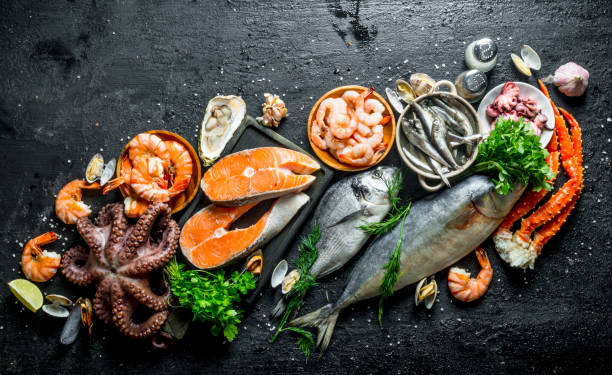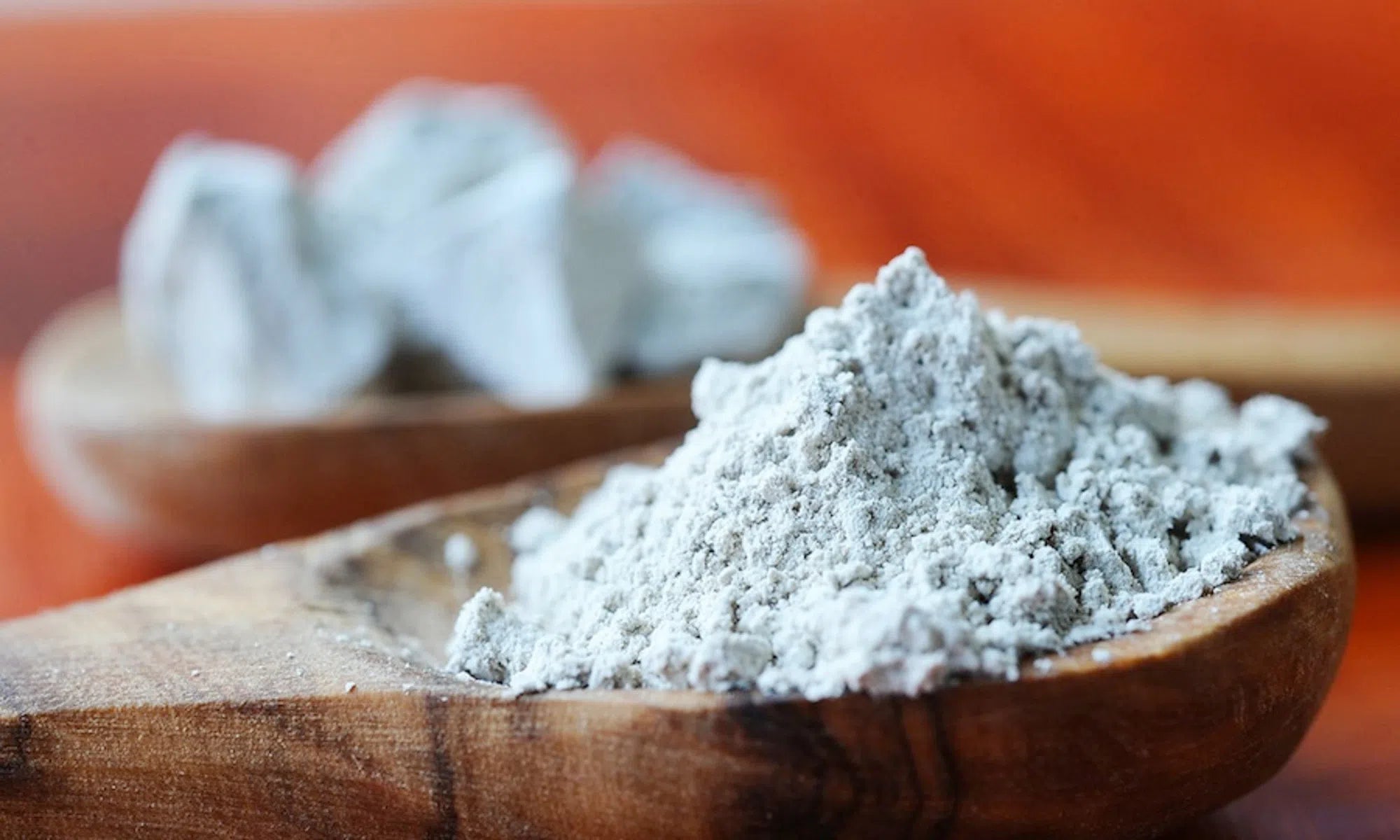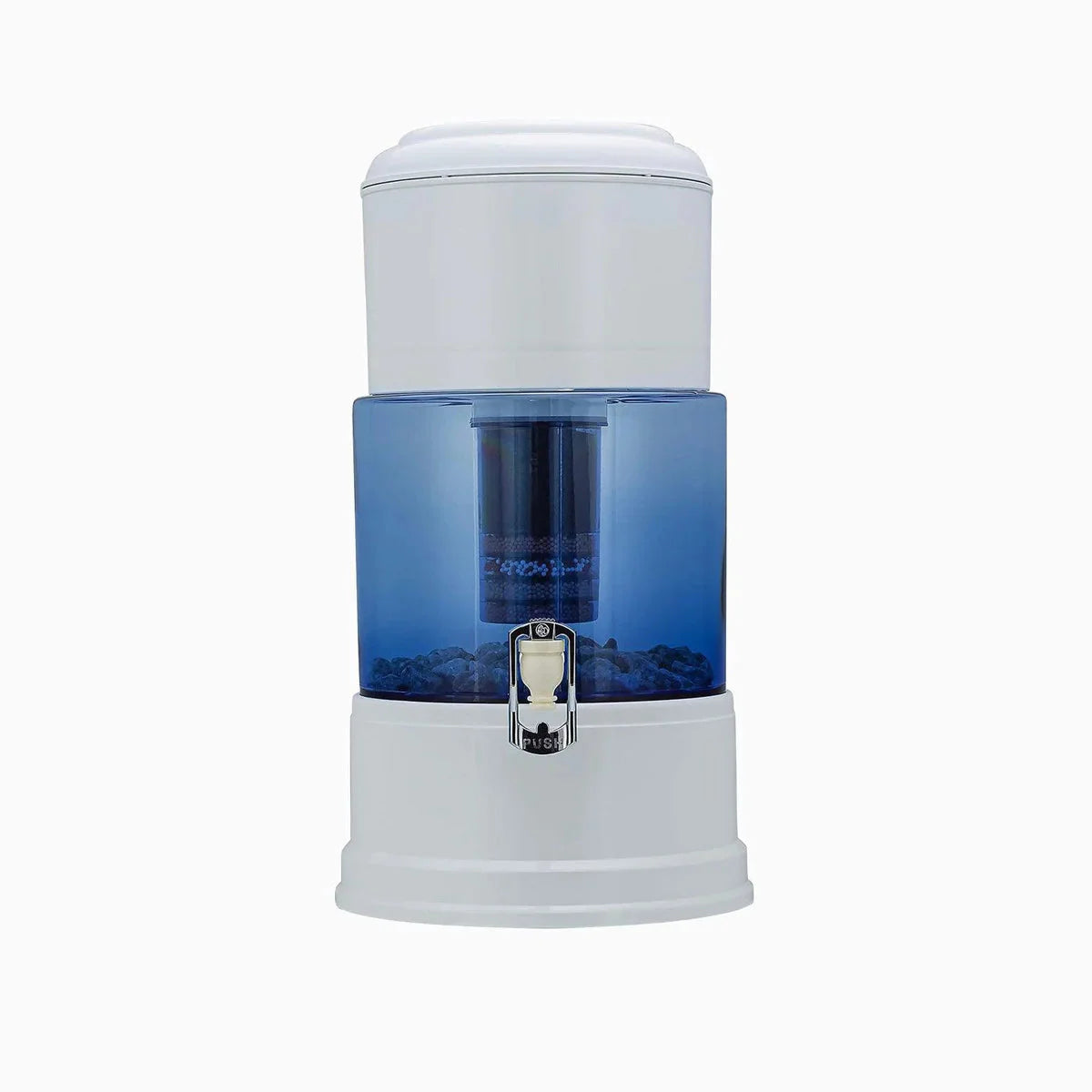Embarking on a journey for a stronger physique? Skipping fish might feel like paddling against the current. Fish isn’t just a powerhouse of protein aiding in healthy weight and muscle fortification, but also a treasure trove of crucial nutrients like omega-3 fatty acids, iron, selenium, zinc, and iodine. Many fish types wear the ‘heart-healthy’ badge thanks to their omega-3 fatty acid bounty. Moreover, fish is a chief dietary source of both vitamin B12 and vitamin D.
However, the tale isn't all rosy. Overindulging in certain fish varieties might do more harm than good due to high levels of mercury and other harmful chemicals. For example, binging on high-mercury fish can jeopardize a fetus in pregnant women or pose threats to young children consuming the fish, with potential brain and nerve damage. Mercury poisoning symptoms can range from the subtle, like memory glitches and anxiety, to the more pronounced such as hearing and speech impediments.
So, which fish should take a back seat? While traces of mercury and other chemicals are found in most fish, many don’t pose a significant health risk. Yet, some are notorious for high mercury levels. King mackerel, shark, and swordfish top the mercury charts. Other high-mercury fish to steer clear from include marlin, orange roughy, tilefish, and bigeye tuna. Generally, larger, older fish are more mercury-laden as they've had more time to accumulate it. It's advisable for everyone to limit intake of these fish, with younger children, pregnant or planning women, and breastfeeding mothers needing to exercise extra caution.
- King Mackerel
- Swordfish
- Tilefish
- Marlin
- Orange Roughy
- Bigeye Tuna
- Barramundi
- Gemfish
- Ling
- Southern Bluefin Tuna
On a brighter note, numerous other fish varieties are on the lower side of the mercury spectrum, and are deemed safer. Opt for salmon, Atlantic mackerel, herring, sardines, and anchovies for a healthy dose of omega-3 fatty acids with lesser mercury concerns. Various health organizations offer a handy list categorizing over three dozen varieties as “best choices” and nearly two dozen more as “good choices” for those aiming to balance benefits against mercury risks.
- Common Shrimp Haddock (common in the North Sea and the Atlantic Ocean)
- Sardines (widely available in the Mediterranean)
- Trout (commonly found in freshwater bodies across Europe)
- Anchovies (common in the Mediterranean Sea)
- Herring (widely distributed in the North Sea and the Baltic Sea)
- Pollock (common in the North Atlantic)
- Catfish (widely available in various European regions)
- Atlantic and Pacific Mackerel (common in North Atlantic and near British Isles)
- Salmon (common in Northern Europe and available across the continent)
How much fish should grace your plate? It's all about balance. Keeping an eye on portion sizes and frequency ensures you don’t go overboard. The guideline is eight ounces of fish weekly as part of a balanced 2,000-calorie diet for adults, translating to two servings, with each - 4 ounces - roughly palm-sized. Children too should enjoy fish, but in smaller portions. For 2-year-olds, a serving is 1 ounce, increasing gradually until age 11 when it matches the adult serving size of 4 ounces. For the fish enthusiasts who can’t reel in their love, aiming for the “best choices” category, especially with more than three servings weekly, is a wise bet.



